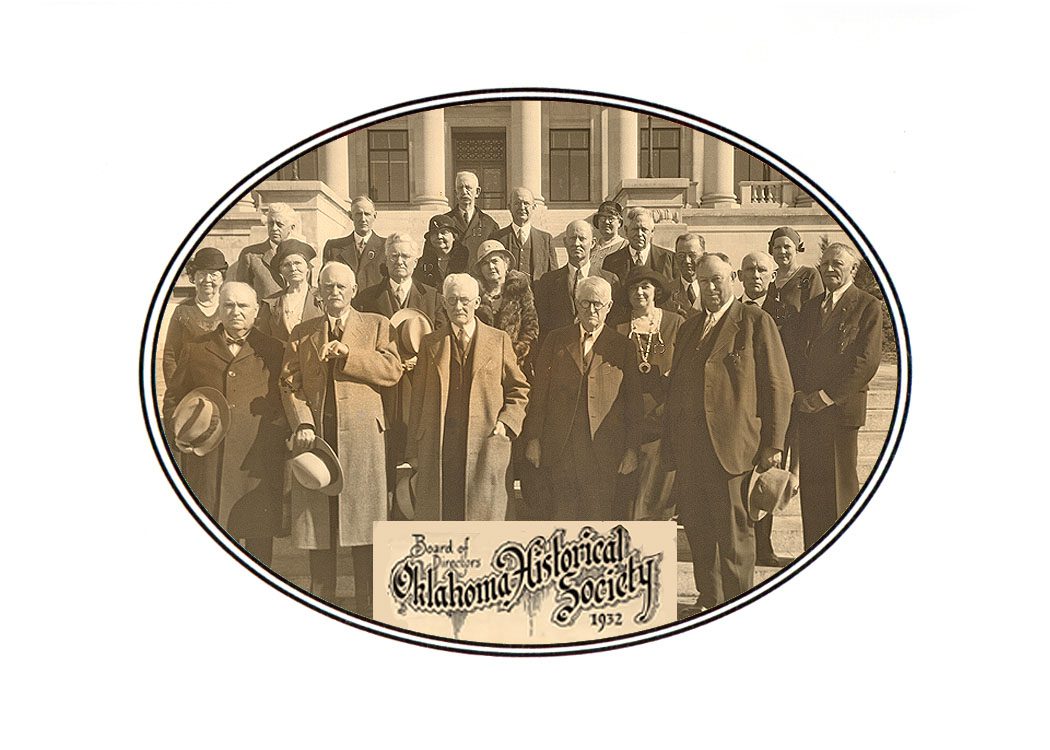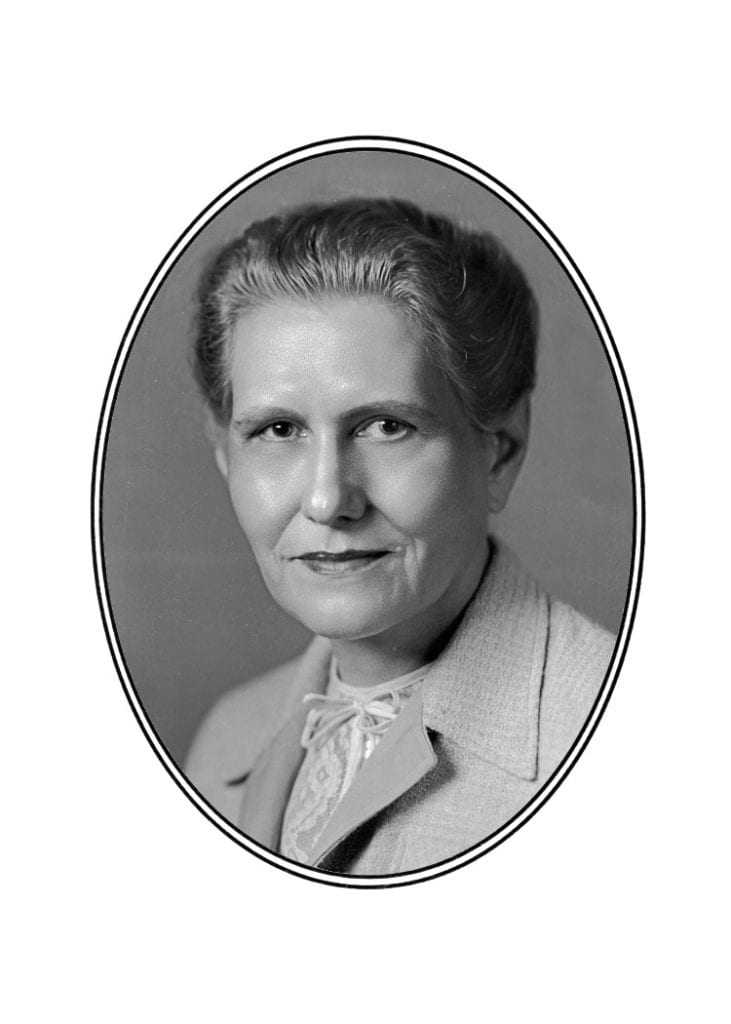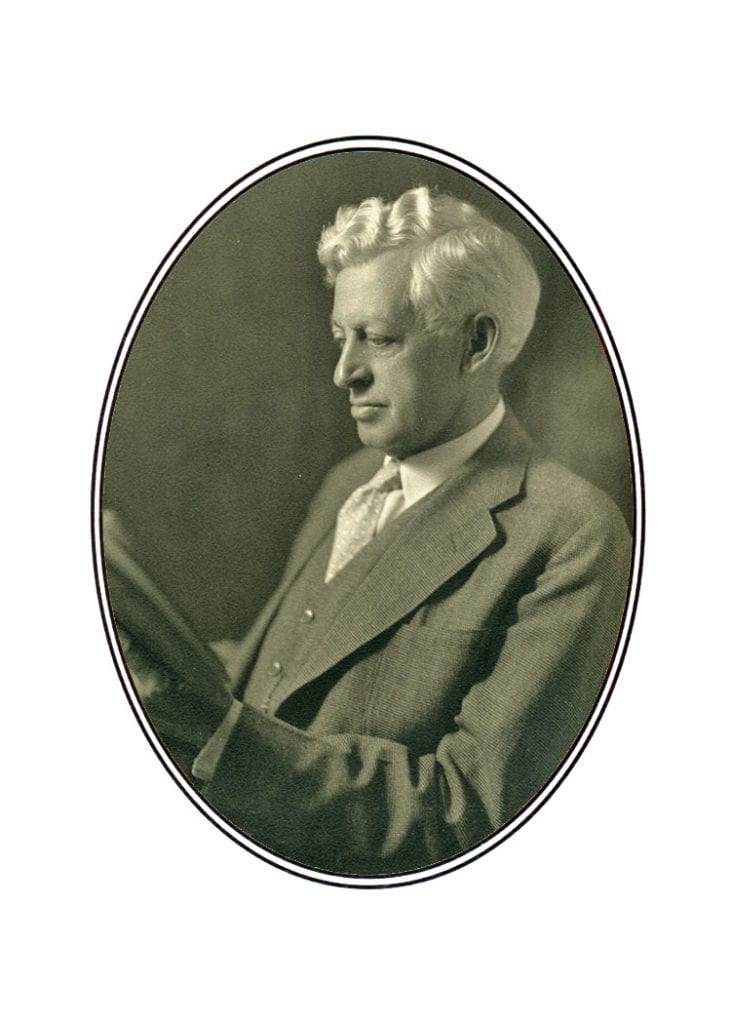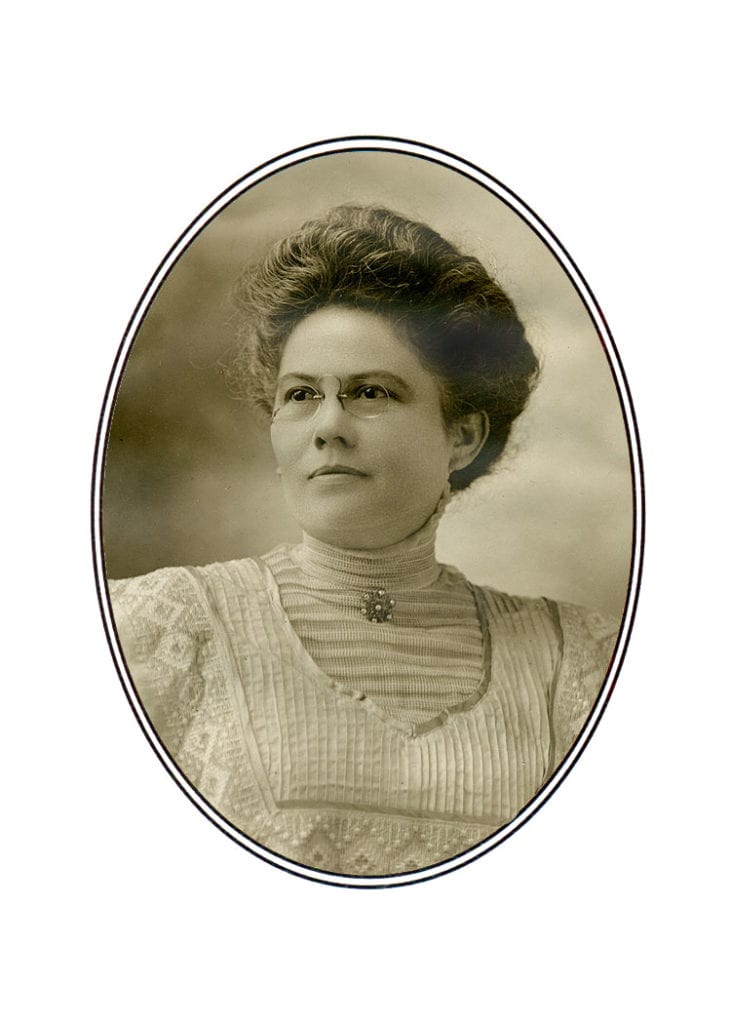Executive director Trait Thompson gets goosebumps when he looks at the rare copy of a Lewis and Clark speech owned by the Oklahoma Historical Society.
Jeff Briley, deputy director of the Oklahoma History Center, says he was “just beside myself” the first time he gazed upon a 1,400-year-old buffalo hide overshoe found in a cave in northwest Oklahoma.
And some of the documents entrusted to the care of OHS archival collections manager Mallory Covington are so fragile, and to her, so precious, “that I have a hard time letting people see the originals,” she admits.
The Oklahoma Historical Society has been collecting and preserving documents and artifacts since 1893, and it’s a labor of love for curators and caretakers. But education and interpretation are equally important, says Thompson, and so is having an eye toward the future.
“One of the things that I’ve been passionate about is making sure we are introducing Oklahoma history to a new generation of people,” says Thompson, who has been at the helm since January. “We are evaluating what we need to do to make sure of that. We recently re-started our podcast. We are working on our digital presence, and have started a project to overhaul our social media presence.”
Programming, Thompson says, is “going to come back with a vengeance” now that people are getting vaccinated against COVID-19.
“We are working now on the October Folklife Festival,” he says. “We are going to have one heck of a shindig.”
The historical society is housed at the Oklahoma History Center, a 215,000-square-foot learning center on 18 acres in Oklahoma City’s state capital complex. Other OHS museums include the Cherokee Strip Museum; the Chisholm Trail Museum; the Oklahoma Route 66 Museum; the Oklahoma Territorial Museum and Carnegie Library; the Pioneer Woman Museum and statue; the Tom Mix Museum; the Will Rogers Memorial Museum; and the Spiro Mounds Archaeological Center. Partner museums regularly offer programming, educational outreach and temporary exhibits.
Briley says Oklahoma’s geography lends itself to historical and cultural differences within the state, which are reflected in the varied missions of the museums.
“We are 200 feet above sea level in the southeast corner of the state, with 60 inches of rain a year; then we constantly move higher and drier, to Black Mesa, which gets less than 20 inches of rain, and the landscape is vastly different,” he says. “That lends itself to Oklahomans being different from one another.”
The historical society is constantly acquiring artifacts, says Briley, with well over 100,000 in its collection.
“We hold them in our own museum, but we are equally comfortable sharing them with other museums,” he says. Artifacts are currently on loan to Greenwood Rising, which opened in June in Tulsa, and to the First Americans Museum, scheduled to open in September in Oklahoma City.
Covington says much of the history of the state is recorded in the letters, diaries, business records and promotional brochures stored in the archival collection. Handwritten letters from as far back as the 1830s are still quite readable.
“Ink lasts a long time if it’s kept out of the sun,” she says.
Covington says records from the state penitentiary from 1930 to 1955 make for some interesting reading.
“You can see what people were getting in trouble for, what their punishment was and where they were from,” he says. “Sometimes, they would get years in jail for stealing a chicken, and someone else would get six months for a more serious crime.”
The society also operates the state’s historic preservation office, and the centennial farms and ranches program.
OHS relies mostly on donations, Thompson says, “but occasionally we’ve had some funding to purchase artifacts.” The society is accepting donations for an endowment to be named for Bob Blackburn, who was executive director from 1999 until January 2021.

The Beginnings
No one can tell the story of the founding of the Oklahoma Historical Society better than Bob Blackburn, who recently retired as executive director.
“It began on Saturday morning, May 27, 1893, in Kingfisher, Oklahoma Territory,” Blackburn writes in a 2018 article entitled ‘Battle Cry for History: The First 125 years of the Oklahoma Historical Society.’
“The town, founded only minutes after the Land Run of 1889, still had the rough edges of its frontier birth,” Blackburn says of Kingfisher.
“Off to the west was the old Cheyenne and Arapaho reservation, opened to non-Indian settlement only the previous year. To the south … was the Chickasaw Nation, where an ancient Indian culture was fighting a losing battle against intruders, allotment and assault on tribal sovereignty. To the east … were several thousand farm families scratching a living from their 160-acre homesteads. To the north was the Cherokee Outlet, a vast ranch land soon to be opened by the largest of the land runs.”
On the streets of Kingfisher that morning, Blackburn wrote: “Nineteen members of the Territorial Press Association walked toward the courthouse where they were to conduct their third annual business meeting. Inside, the editors discussed legal rates, trade territories and an excursion to the Chicago World’s Fair. Then their attention turned to William P. Campbell, editor of the Kingfisher newspaper. Campbell referred to a successful program to save newspapers in Kansas, and asked his fellow editors to sponsor a similar historical society to collect and preserve newspapers as they were being published in the young territory. With a show of hands, they began the first 125 years of the Oklahoma Historical Society.”





























